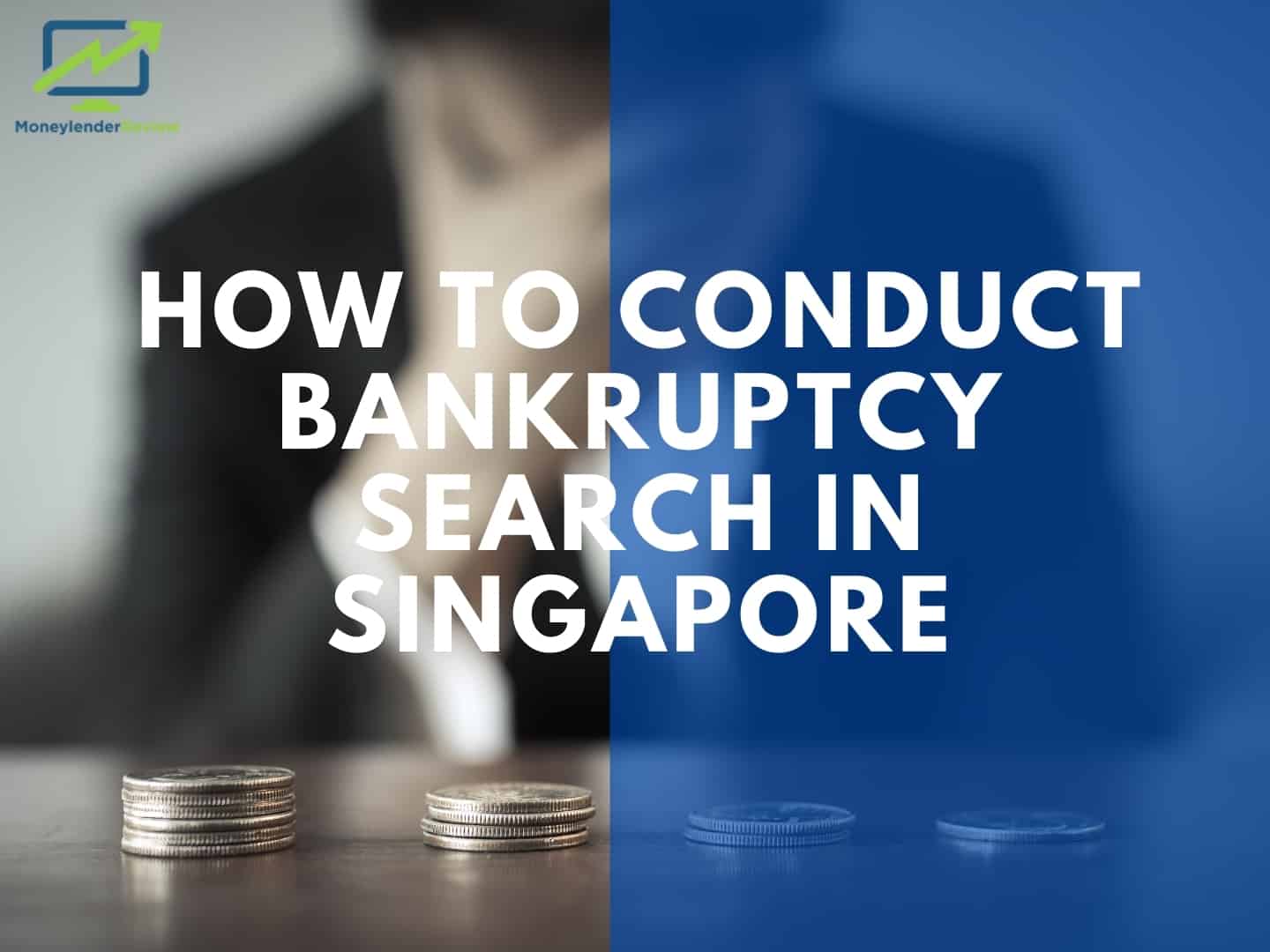Declaring Bankruptcy: the Good, the Bad and the Ugly
Bankruptcy cases are becoming increasingly common in Singapore. Nobody wants to be declared bankrupt, but if you have debts or assets to pay off, or you’re suffering big problems with bill collectors, mortgage payments or other significant debts, bankruptcy may be a last-ditch option to satisfy your creditors.
Let’s take a look at how bankruptcy works, under what circumstances and terms bankruptcy may be pursued, and how deciding to file for bankruptcy may just help someone like you.
What Is Bankruptcy?
Bankruptcy is a legal procedure designed to help persons in difficult financial situations who are seeking debt discharge.
Declaring bankruptcy enables people to legally inform a high court or judge that they are unable to pay their debts. When a person begins bankruptcy proceedings, a judge or court trustee will closely scrutinize their assets/liabilities to determine whether or not they really have no means to repay their debts. If found unable to pay, the debtor will be declared bankrupt.
Why File for Bankruptcy?
There are two primary reasons people might wish to file for bankruptcy. These are:
- You have debts to pay and it’s highly unlikely you will be able to repay them in full
- You are unable to agree on alternative private arrangements with a creditor to repay them
What Bankruptcy Clears and What Bankruptcy Doesn’t Clear
In either of these scenarios, successfully obtaining a bankruptcy order from the high court can prove favourable for your situation. Filing for bankruptcy could potentially help you to:
- Freeze your debts at a certain amount
- Pay a lower “suitable” amount of monthly contributions towards your debts, as dictated by an Official Assignee (OA)
- Ensure creditors cannot sue you over debts
However, deciding to file for bankruptcy will not clear:
- Any student loan debts
- Any tax or government debts (including penalties and/or fines)
- Any child support or alimony payments
- Any debts related to big ticket items (cars, boats, exotic overseas travel etc.) purchased immediately before your bankrupt status
Types of Bankruptcy Explained
There are two key types of bankruptcy in Singapore that individuals can pursue if they wish to file a bankruptcy application. These are known as:
Chapter 13
This type of bankruptcy allows the debtor to keep their assets. A plan will be approved by the court detailing how they must repay some or all of their debts within three to five years. In most cases, the debtor will need to pursue a monthly repayment plan according to a stringent budget overseen by the court.
Chapter 7
This bankruptcy variant, which can only be pursued if a court decides a debtor’s income is too low to cover their liabilities, requires all existing assets belonging to a debtor to be sold so that as much of their debt as possible can be repaid. Any remaining unpaid debt will then be erased from the record.
It is worth noting that while a Chapter 13 bankruptcy will stay on your credit report for 7 years, a Chapter 7 application could affect your credit rating for up to 10 years.
Are Other Types of Bankruptcy Applications Available?
Yes, depending on your individual and financial situation, there are a number of bankruptcy options available in Singapore. Examples include Chapter 11, which is more geared toward businesses than individuals and Chapter 12, which is sometimes used by fisherman or farmers. Most Singaporeans will pursue a Chapter 13 or Chapter 7 bankruptcy.
What Are the Consequences of Filing for Bankruptcy?
It’s no big secret that being declared bankrupt can be stressful and challenging, both financially and emotionally. The key consequences you will need to think about are significant costs, your reputation, and the potential impact on your life over a longer period of time.
-
Significant costs
Chapter 13 bankruptcy can cost anywhere up to $6,000 in attorney fees, on top of a standard $310 filing fee. Conversely, a Chapter 17 agreement could set you back up to $4,000 in attorney fees and $335 for filing.
-
Your reputation
Once you have been declared bankrupt, this will be made public in terms of high court records. This means that any future banks, businesses or the director of a company or potential new employer will be fully aware of your situation.
-
Life impact over a period of time
We’ve already mentioned that any Chapter 13 or Chapter 7 bankruptcies could linger on your credit report for either 7 or 10 years, respectively, affecting your ability to access loans and other types of finance. It may also take up to 4 years to qualify for a mortgage on a new home or HDB flat once you get back on your feet.
What Must I Prepare Before Filing for Bankruptcy?
As with any difficult financial situation involving a complex legal or voluntary arrangement, it’s important to be fully prepared before you file for bankruptcy. This means having the right documents and mindset ready before you initiate the bankruptcy process. Here are a few things to keep in mind.
-
Talk to your creditors
Every debtor should try reaching a voluntary arrangement with their creditor(s) before deciding to file a bankruptcy application. Debts can oftentimes be negotiated, whether that be by convincing a creditor to spread your debt load over a longer time period, using assets to pay or just having a heart-to-heart with bill collectors regarding your circumstances and difficulties (i.e. unemployment, or the Covid 19 situation).
-
Seek specialist advice
Talking to a financial coach or advisor can often help to put your debt and financial situation into perspective. A professional or personal representative might be able to help you identify your assets and liabilities and, even in a worst-case scenario, help you prepare for the bankruptcy act itself.
-
Prepare your paperwork
If it turns out you simply cannot repay debts in a satisfactory way, it’s time to start preparing your paperwork in terms bankruptcy courts will understand when bankruptcy proceedings begin. Make a list of any credit cards, mortgage payments, debt load and monthly income – and consider your target contribution if pursuing Chapter 13. A professional advisor or lawyer may be able to help you better understand your position.
How to File for Bankruptcy in Singapore
Either the debtor or the creditor can submit a bankruptcy application, but the process of filing for bankruptcy will typically follow the six steps outlined below regardless. Due to the complex legal nature of the process, seeking professional advice throughout is encouraged.
1. Debtor’s Bankruptcy Application, Affidavit and Statement of Affairs (SOA) completed
These documents and their supporting evidence should outline your assets and liabilities, employment status, monthly expenses and more.
2. Bankruptcy deposit submitted with the Official Assignee (OA)
The debtor must pay a deposit of $1,850 through the Insolvency Office.
3. Completed documents presented to the Supreme Court
The Supreme Court’s Legal Registry must receive all completed documents and the OA deposit receipt.
4. Affidavits stamped by the Commissioner for Oaths
Before you can proceed, the Commissioner for Oaths must verify and stamp two affidavits: one Verifying Statement of Affairs and one Support of Debtor’s Bankruptcy Application. Fees may apply.
5. Documents released and hearing date confirmed
All documents must be fully paid for and filed through eLitigation.sg. They will then be released by the LawNet Service Bureau, who will return your application with an official hearing date printed upon it.
6. Hearing takes place
When your bankruptcy hearing date arrives, you must attend as agreed (or submit a request for an amendment to a later date if it is inconvenient). All evidence provided will be closely scrutinized.
It is worth noting that all forms and documents must be completed electronically and some or all of the $1,850 deposit may not be refunded depending on preliminary administration costs and whether or not the initial application was filed by a creditor.
What Conditions Must Be Met?
Filing for bankruptcy in our country requires the debtor to meet a few specific conditions. In most cases, the person who is to be made bankrupt (i.e. the debtor) must:
- Owe at least $15,000
- Be genuinely unable to pay an enforceable debt of this amount or more
Usually, they must also have either:
- Been resident in Singapore for at least 1 year
- Owned property in Singapore for at least 1 year
- Carried out business in Singapore for at least 1 year
What Happens After You’ve Been Declared Bankrupt?
If you are declared bankrupt, you will receive a Bankruptcy Order. Upon receipt, you must visit your Official Assignee within 21 days or less. During your meeting with the OA, you will need to submit a Statement of Affairs properly documenting your assets/liabilities. The meeting will also include a formal briefing on your responsibilities in regard to how your outstanding debts will be paid – i.e. any repayment plans you must follow.
Make Your Money Go Further With Moneylender Review
Here at Moneylender Review, we help people in Singapore make smarter financial decisions. We do this by sharing important news updates about loans, bankruptcy and more, and helping borrowers compare and apply for business and personal finance.
Check out our other blogs for more trusted financial tips and information. Alternatively, use our loan comparison service to compare deals if you think a loan might be a more appropriate solution to your financial woes.
Frequently Asked Questions (FAQs)
Still unsure about bankruptcy in Singapore? Here are a few helpful FAQs to help you get to grips with some of the specifics we might have missed.
-
What happens when a person declares bankruptcy?
When you file for bankruptcy, your assets will become part of what is known as your bankruptcy estate and fall into the control of your OA.
Any protected assets such as properties held by trustees, any HDB flat that is jointly-owned, or any insurance policies may be deemed “protected assets” and excluded from your bankruptcy estate. However, you may need to follow a pre-agreed debt repayment scheme which a court may oversee.
-
How bad is deciding to file for bankruptcy?
Bankruptcy cases are commonly considered a last resort or a worst-case scenario, and there are a number of longer-term consequences you may have to deal with if you have been declared bankrupt.
For example, your name will be added to the bankruptcy register, and having been declared bankrupt could have an impact on your credit report for up to 10 years. Being bankrupt or having a bankruptcy on your record might also affect your ability to apply for mortgages in the short term, potentially for up to 4 years.
-
When should you declare bankruptcy?
If you’ve been having trouble with bill collectors, mortgage payments, debt repayment, and more for a long period of time and it does not seem feasible that you can pay the debt in full, bankruptcy applications might be an option worth considering for you. A Chapter 13 bankruptcy could give you from three to five years to pursue debt repayment through manageable monthly installments, but a Chapter 7 option could see you lose all or most of your remaining assets.
-
Does filing for bankruptcy mean going out of business?
There are significant differences between personal and business bankruptcy applications and what it means for companies or individuals to be bankrupt. Generally speaking, however, filing for bankruptcy doesn’t necessarily mean the same thing as “going out of business”. Some bankruptcies, like Chapter 11, are designed to help businesses restructure their debts and stay in operation, while others exist solely to help companies liquidate their remaining assets.




